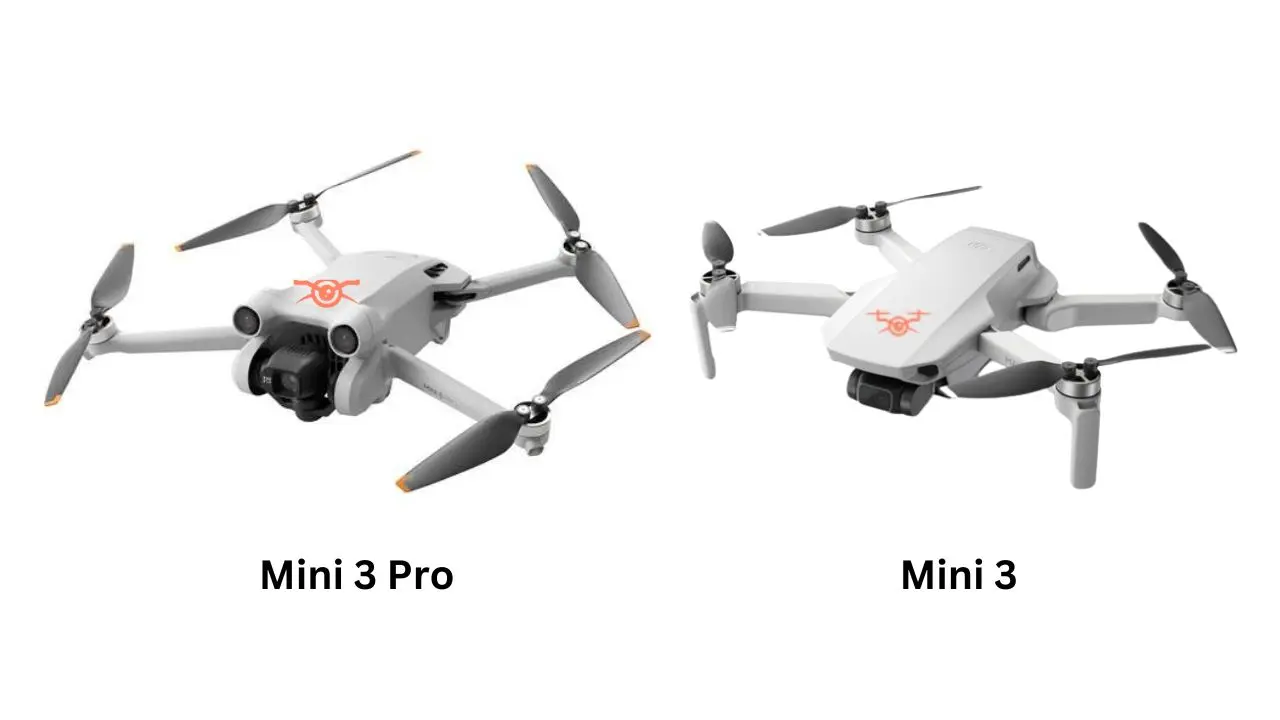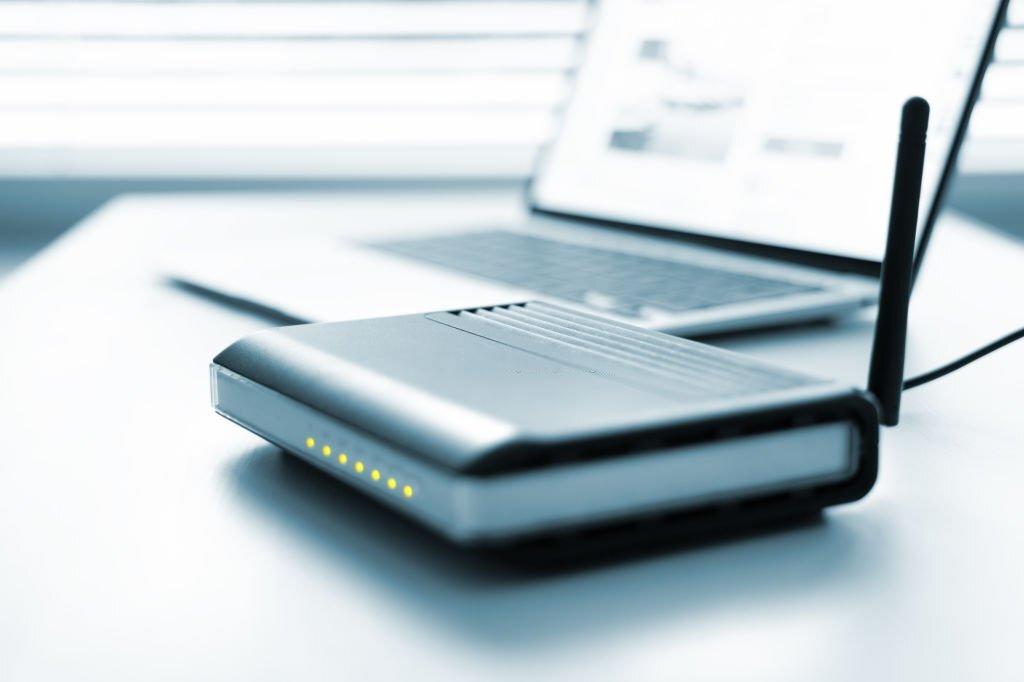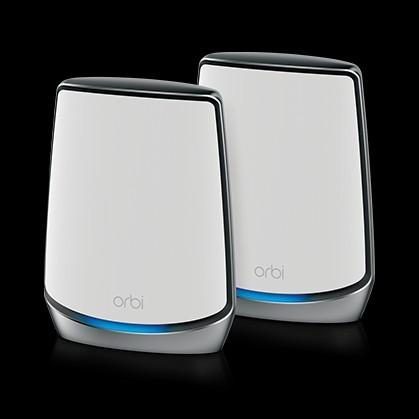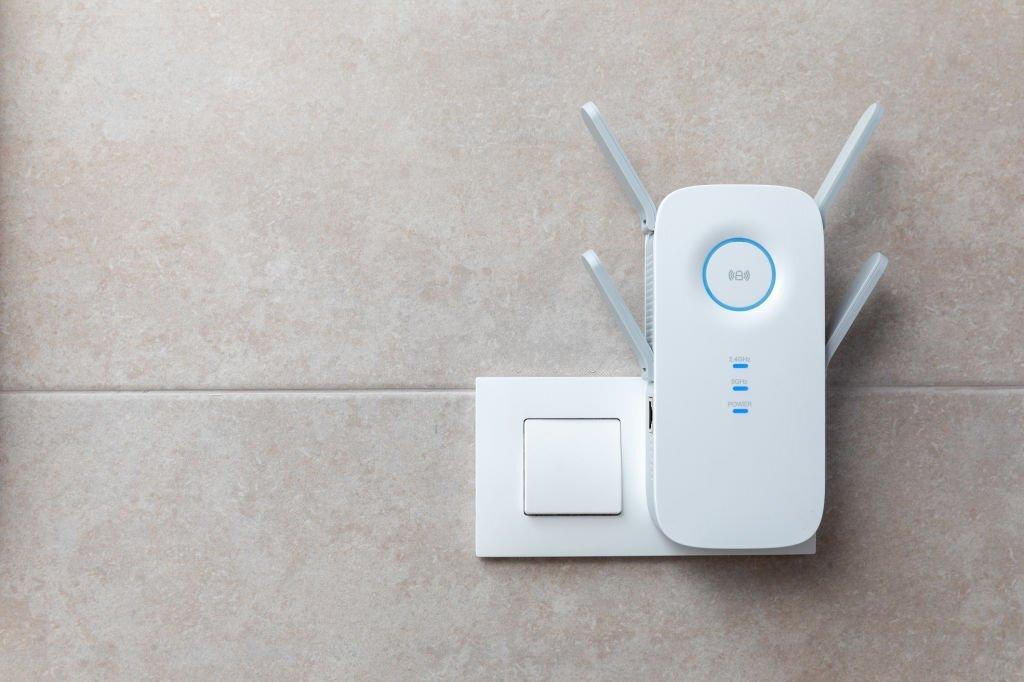When DJI introduced the Mini 3 and Mini 3 Pro, it created a buzz among drone enthusiasts and professionals. Both models have a lot to offer, from excellent cameras to advanced flight capabilities, but there are significant differences that set them apart. In this comprehensive guide, we’ll delve deep into the features, performance, design, and other essential aspects to help you decide which one is better for your needs.
1. Design and Build Quality
At first glance, the DJI Mini 3 and Mini 3 Pro look quite similar, and that’s because they share many design elements. Both drones are compact, lightweight, and highly portable, making them perfect for travelers and hobbyists.
- DJI Mini 3 weighs just 249 grams, which allows it to bypass registration requirements in many countries. This feature makes it appealing to casual users who want a hassle-free experience.
- DJI Mini 3 Pro also weighs 249 grams, but the difference lies in its more advanced internal components and additional sensors, which slightly increase its size but still keep it within the sub-250-gram category.
The materials used in both drones are robust, but the Pro version has a more refined finish, and the additional sensors for obstacle avoidance add to its premium feel.
2. Camera Quality
The camera is one of the most critical features of any drone, and the DJI Mini 3 and Mini 3 Pro do not disappoint. However, there are clear differences that can affect the quality of your aerial shots and videos.
- DJI Mini 3 features a 1/1.3-inch CMOS sensor, which is excellent for capturing 12MP photos and 4K video at 30fps. The camera performs well in good lighting conditions, offering vibrant colors and good detail. However, in low light, the camera can struggle a bit due to the smaller aperture.
- DJI Mini 3 Pro, on the other hand, comes with a more powerful 1/1.3-inch CMOS sensor as well, but it can capture 48MP stills and record 4K video at 60fps. It also has a wider aperture, which allows for better low-light performance. Additionally, the Pro version includes features like HDR video, dual native ISO, and a D-Cinelike color profile, giving users more control over color grading and post-production.
In terms of video quality, the Pro model outshines the standard Mini 3 with higher frame rates and more professional-grade features. For those serious about photography and videography, the Mini 3 Pro is the clear winner.
3. Flight Performance and Stability
Flight performance is where the Mini 3 and Mini 3 Pro diverge quite a bit, particularly because the Mini 3 Pro comes with more advanced flight control options.
- DJI Mini 3 offers an impressive 31-minute flight time thanks to its high-efficiency battery. It can reach a maximum speed of 57.6 kph (35.8 mph) and has a wind resistance of up to Level 5, which is suitable for casual flying and mild weather conditions. However, it lacks some of the advanced flight modes found in the Pro version.
- DJI Mini 3 Pro, on the other hand, comes with an extended 34-minute flight time (which can be boosted further with the optional Intelligent Flight Battery Plus). It also boasts Omnidirectional Obstacle Sensing, meaning it can detect obstacles in front, behind, and below, significantly improving the safety and stability of flights. This makes it a better option for navigating complex environments or flying in confined spaces.
In terms of stability, the Mini 3 Pro has the advantage thanks to its Advanced Pilot Assistance System (APAS) 4.0, which helps it automatically avoid obstacles, providing a smoother flying experience overall.
4. Intelligent Features and Flight Modes
The DJI Mini 3 and Mini 3 Pro both come with intelligent features designed to enhance your flying experience, but the Pro version is noticeably more advanced.
- DJI Mini 3 comes with basic intelligent flight modes like QuickShots, which includes pre-programmed movements like Dronie, Rocket, Circle, and Helix. While these are great for creating simple cinematic shots, the Mini 3 does not have the advanced options of the Pro model.
- DJI Mini 3 Pro takes things up a notch with features like FocusTrack, which includes ActiveTrack 4.0, Spotlight 2.0, and Point of Interest 3.0. These features allow the drone to track and follow subjects autonomously, keeping them in the center of the frame even as they move. This is particularly useful for capturing dynamic action shots or filming fast-moving subjects.
In addition to FocusTrack, the Mini 3 Pro offers MasterShots and Hyperlapse modes, allowing users to create complex shots with minimal effort. For example, MasterShots automatically plans a sequence of shots and combines them into a polished video, making it perfect for beginners who want professional-looking footage without much manual input.
5. Battery Life
Both drones offer impressive battery life for their size, but there are some differences worth noting.
- DJI Mini 3 comes with a standard battery that provides up to 31 minutes of flight time, which is more than enough for casual users who want to capture some quick aerial shots without worrying about recharging.
- DJI Mini 3 Pro offers a slightly longer 34-minute flight time with the standard battery, and this can be extended to 47 minutes with the Intelligent Flight Battery Plus. The longer battery life makes it ideal for those who want to fly for extended periods or need more time to capture the perfect shot.
6. Remote Controllers and Transmission
The remote controllers for both the DJI Mini 3 and Mini 3 Pro are well-designed and user-friendly, but the transmission technology in the Pro version is superior.
- DJI Mini 3 comes with OcuSync 2.0 technology, which provides a transmission range of up to 10 km. This is excellent for most users, offering reliable transmission with minimal lag.
- DJI Mini 3 Pro takes it a step further with OcuSync 3.0, providing a transmission range of up to 12 km and a 1080p live video feed. The higher-quality feed and extended range are especially beneficial for professional drone pilots who need more reliability and control over long distances.
Both drones are compatible with the DJI RC-N1 remote controller, but the Mini 3 Pro can also be paired with the new DJI RC with a built-in screen, eliminating the need to connect a smartphone.
7. Price and Value
Pricing is always a significant consideration when choosing between two products, and this is where the gap between the DJI Mini 3 and Mini 3 Pro becomes most apparent.
- DJI Mini 3 is positioned as a more budget-friendly option, with prices starting around $469. For casual users and hobbyists who want a reliable drone without breaking the bank, the Mini 3 offers excellent value for its price.
- DJI Mini 3 Pro, however, is a more premium option, with prices starting around $759. The Pro model is aimed at enthusiasts and professionals who require advanced features, superior camera quality, and better obstacle-avoidance capabilities. The higher price is justified by the additional technology packed into the Mini 3 Pro, but it may be overkill for those who just want a simple flying experience.
8. Who Should Choose the DJI Mini 3?
The DJI Mini 3 is perfect for:
- Casual users who want an affordable, easy-to-use drone for basic photography and videography.
- Travelers looking for a lightweight and portable drone that doesn’t require registration in many countries.
- Beginners who are new to drones and don’t need advanced features like obstacle sensing or tracking modes.
9. Who Should Choose the DJI Mini 3 Pro?
The DJI Mini 3 Pro is ideal for:
- Professionals or serious hobbyists who need a powerful drone with advanced features for capturing high-quality images and videos.
- Pilots who require superior obstacle avoidance technology for safer and more stable flights.
- Those who need extended flight time and range, especially for complex shoots or long-distance flying.
Conclusion: Which Drone is Right for You?
Ultimately, the choice between the DJI Mini 3 and Mini 3 Pro depends on your specific needs and budget. If you’re a beginner or casual user who values affordability and portability, the DJI Mini 3 will serve you well. However, if you’re a professional or enthusiast who demands top-tier performance, superior camera quality, and advanced flight features, the DJI Mini 3 Pro is the clear choice. Both drones offer incredible value in their respective categories, but the Pro version’s advanced capabilities set it apart for those who want more from their flying experience.






